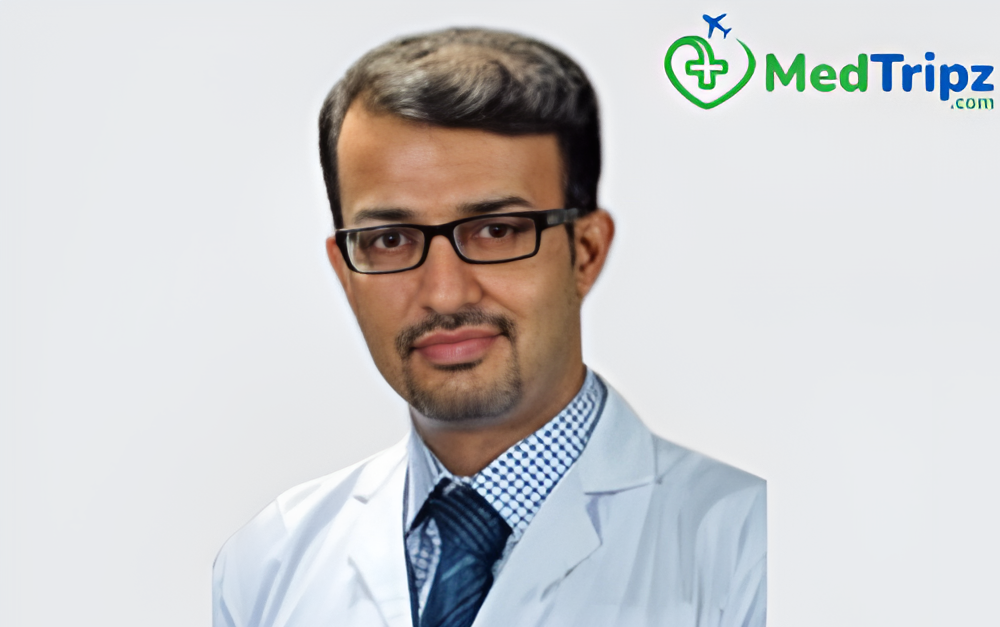نوع الإجراء
جراحيمدة الإجراء
1 - 4 ساعاتأيام الإقامة في المستشفى
2 يومCervical fusion surgery is a procedure designed to permanently join two or more vertebrae in the neck, providing stability to the cervical spine and alleviating conditions such as chronic pain, nerve compression, or spinal instability. It is commonly recommended for individuals suffering from degenerative disc disease, herniated discs, cervical spondylosis, or traumatic spinal injuries when non-surgical treatments fail to bring relief. By fusing the vertebrae, this surgery eliminates motion at the affected level, reducing pain and preventing further degeneration.
Before the procedure, patients undergo a thorough evaluation, including diagnostic imaging such as X-rays, MRIs, or CT scans to identify the specific area of concern. Patients are instructed to stop certain medications, such as blood thinners, several days before surgery. Fasting is typically required for at least six to eight hours before the procedure, and any preoperative instructions provided by the surgeon must be followed to ensure a safe and successful outcome.
Cervical fusion surgery is performed under general anesthesia, ensuring that the patient remains unconscious and free of pain during the operation. Depending on the condition being treated, the surgeon may approach the spine from the front (anterior cervical fusion) or back (posterior cervical fusion) of the neck. An incision is made, and damaged discs, bone spurs, or other structures causing nerve compression are removed. A bone graft, which can be taken from the patient, a donor, or a synthetic material, is placed between the vertebrae to facilitate fusion. Metal implants like plates, screws, or rods are often used to provide stability during the healing process.
After surgery, patients are usually required to stay in the hospital for 1-2 days for observation and initial recovery. A cervical collar may be prescribed to support the neck and restrict movement while the spine heals. Pain or discomfort can be managed with prescribed medications, and the healthcare team provides guidance on incision care and physical activity restrictions. Gradual resumption of daily activities is encouraged, but strenuous activities should be avoided for several weeks.

رئيس قسم جراحة العمود الفقري والجنف

مدير - جراحة العظام ماجستير (جراحة العظام)، دبلومة في جراحة العظام، ماجستير في جراحة العظام، بكالوريوس في الطب والجراحة،
Once the initial healing phase is complete, physical therapy often plays a crucial role in the recovery process. Therapy sessions focus on improving neck strength, flexibility, and overall mobility. The therapist also provides exercises to prevent stiffness and maintain the health of surrounding spinal segments. Adhering to a structured rehabilitation program helps patients regain function and resume normal activities more quickly.
Cervical fusion surgery is highly effective in providing pain relief and improving the quality of life for individuals with debilitating neck conditions. While the fused section of the spine loses flexibility, most patients experience significant improvement in symptoms and can engage in regular activities without discomfort. Full fusion typically takes several months, but the results are often long-lasting, offering a permanent solution to conditions affecting the cervical spine.
As with any surgery, cervical fusion carries potential risks, including infection, nerve damage, blood clots, or complications related to anesthesia. There is also a possibility of adjacent segment disease, where the vertebrae near the fused section experience increased stress over time. However, these risks are minimized through advanced surgical techniques and diligent postoperative care. Regular follow-up appointments with the surgeon ensure the spine heals properly and any issues are addressed promptly.

جورجوجرام, الهند

جورجوجرام, الهند

جورجوجرام, الهند
التوجيه الصادق والدعم الموثوق والجهد السلس.
تزويدنا
بالتقارير


احصل على
الآراء الطبية


ما قبل الوصول
ترتيبات


تأشيرة
يدعم


باب المساعدة
العلاجات


العودة
متابعة

